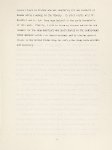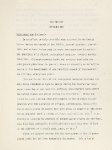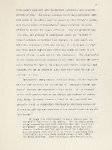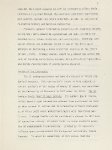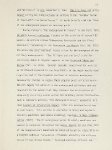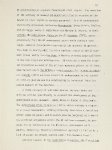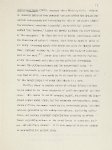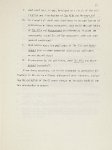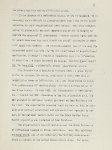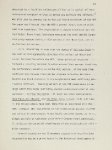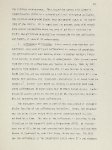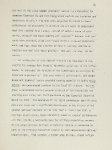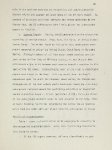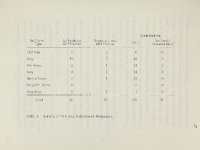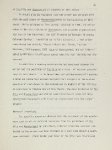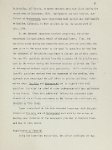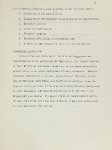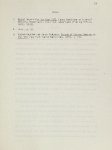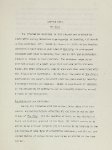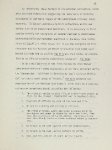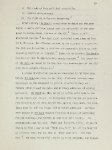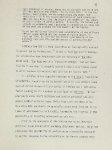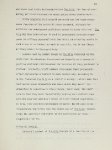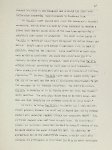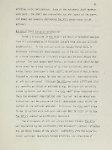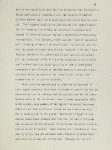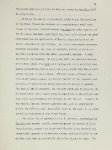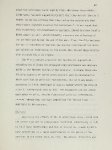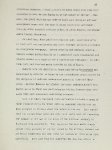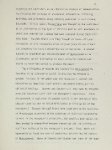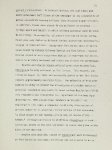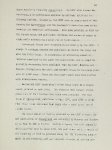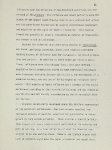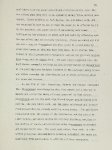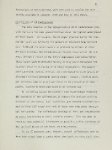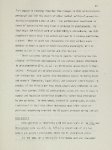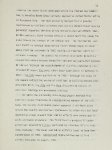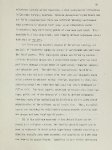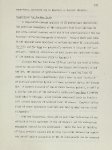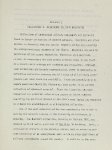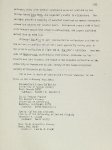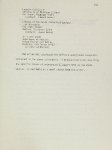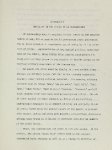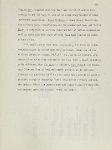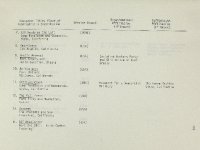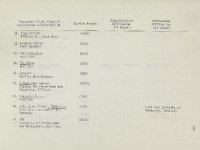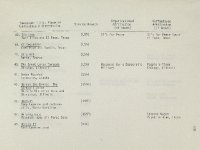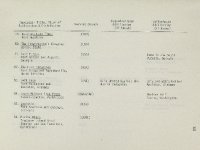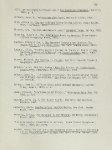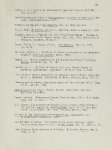| Description |
This thesis traces the historical development of two alternative newspapers directed at members of the United States armed forces during the Vietnam War and is based upon interviews with the publishers of The Ally and Aboveground. The newspapers are representative of descriptive categories established to identify the GI underground newspaper phenomenon. Historical data concerning the two newspapers' editorial control, financial support, political objectives, and methods of production and distribution are provided. A list of 120 GI military undergrounds published during the Vietnam War is provided, as is the location of major ephemera collections containing GI undergrounds. The findings indicate that the GI underground press developed out of conditions existing within the armed forces during the Vietnam War and from the desire of civilian political activists to establish links with soldiers opposed to the war. Two ideologically opposed political factions (the Constitutionalists and the ultra radicals) are identified as influences in the movement. Although the GI underground press is credited with reinforcing already existing dissatisfaction among service personnel, the reliance upon Marxist class analysis is cited as instrumental in the development of inappropriate propaganda by the ultra-radical faction. The inability of the underground newspapers to link soldiers' war several tours in Vietnam who was completing his own research at Nevada while I worked in the library. My brief visits with Mr. Benedict and Lt. Col. Rowe were helpful in the early formulation of this work. Finally, I wish to state my sincere admiration and respect for the many Americans who participated in the underground press movement which this thesis examines and to give my special thanks to the United States Army for making the study both possible and necessary. |



